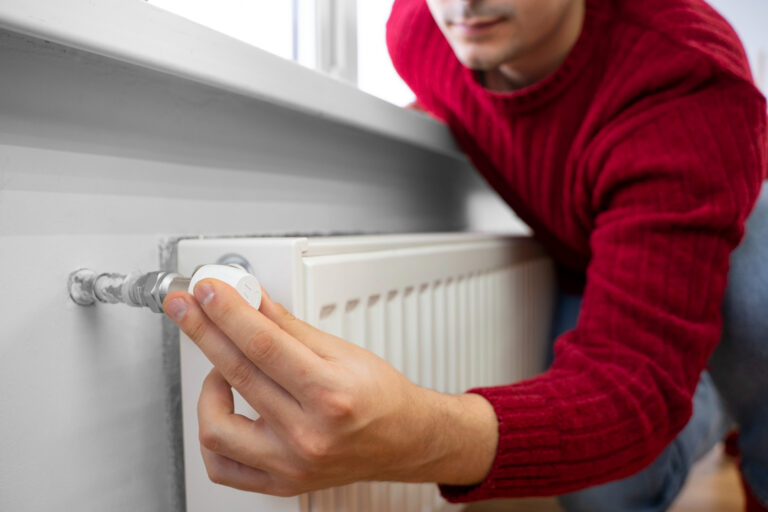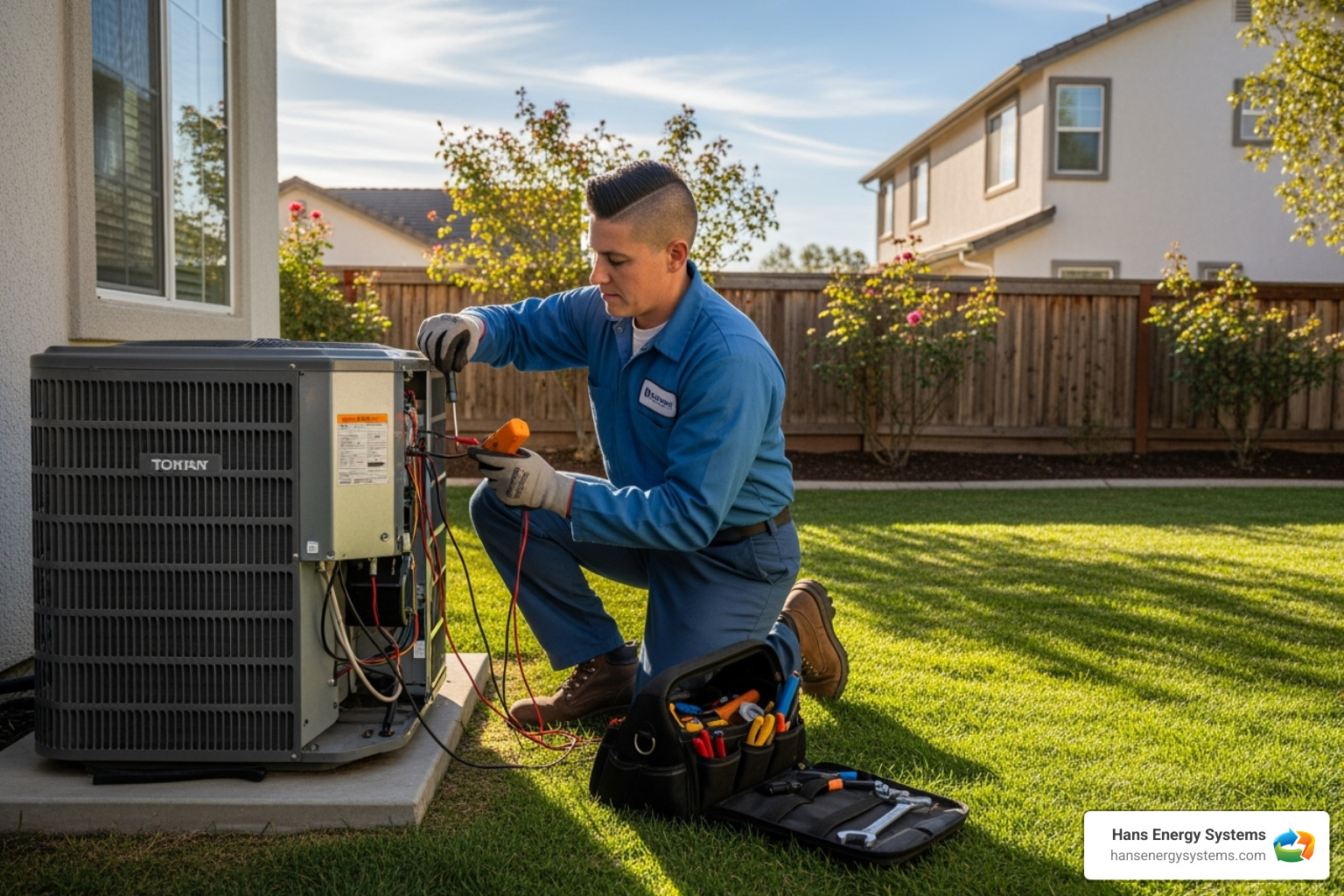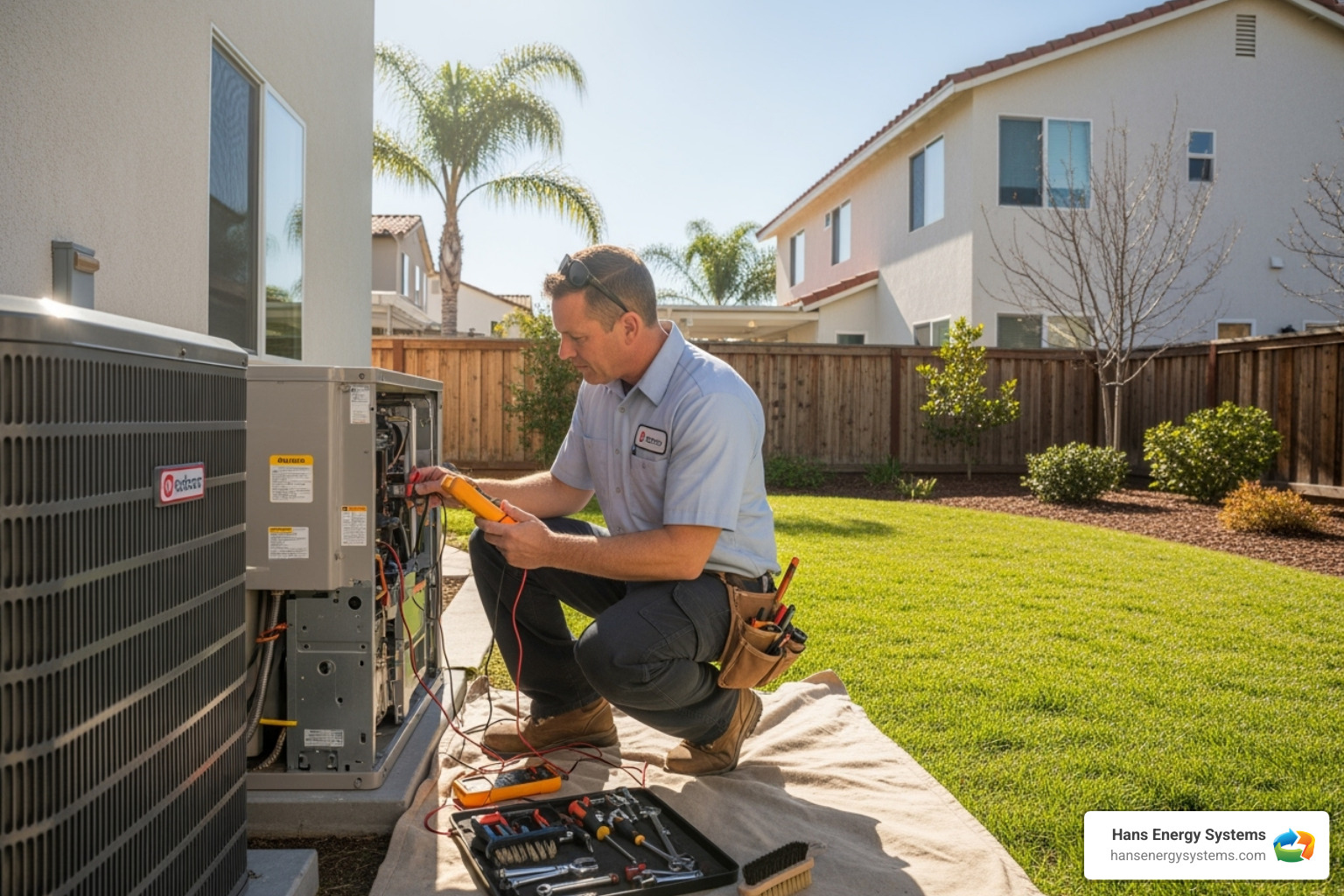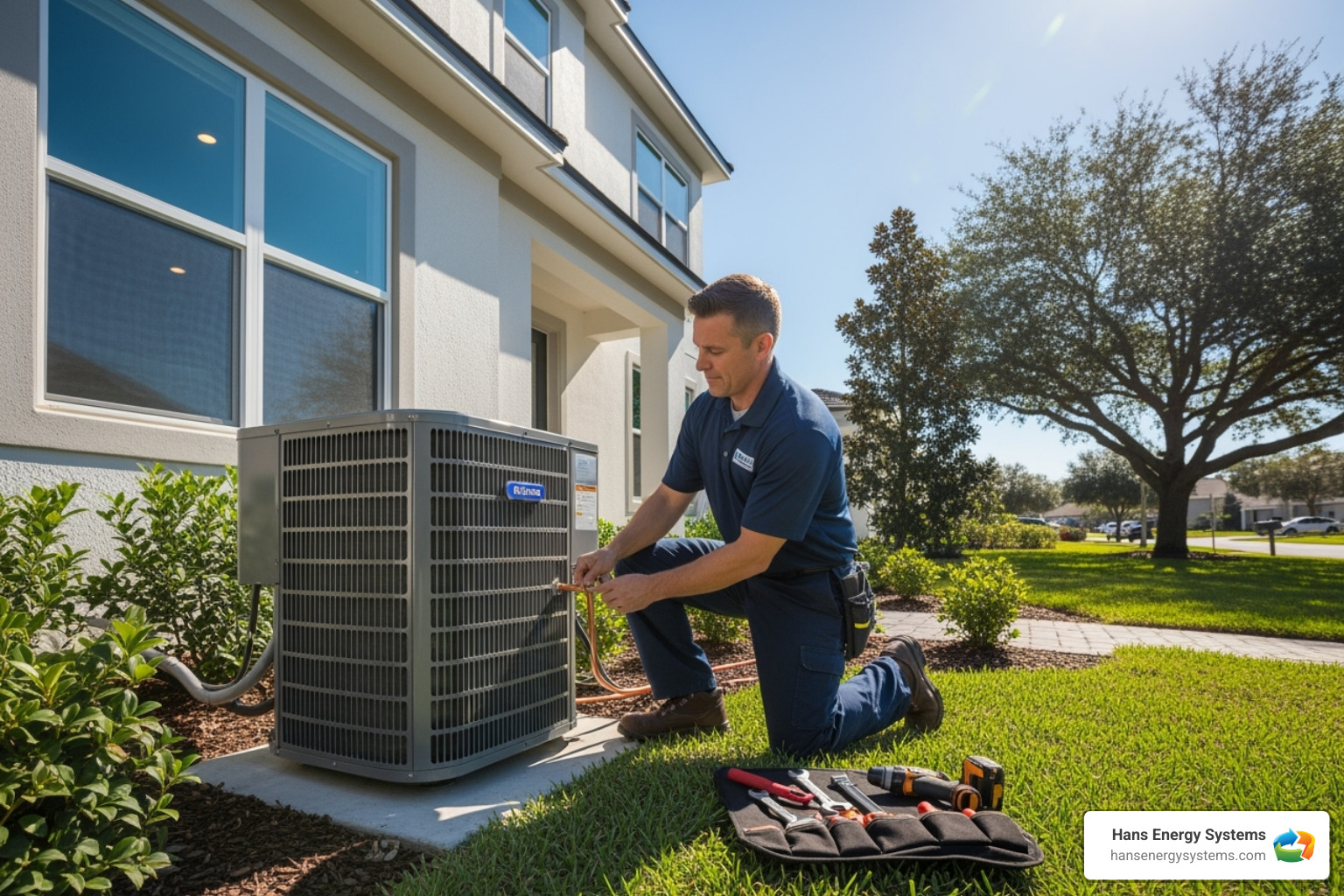When your home suddenly feels colder than usual and won’t warm up no matter what you do, the problem might be your heating system refusing to turn on. For families in Poway, this can be especially frustrating during cooler months when indoor comfort matters most. Whether it happens early in the morning or right before bedtime, a heating system failing to start is something you’ll want resolved quickly and correctly.
There are several reasons why this issue may occur, with some being simple oversights and others tied to more serious mechanical faults. Understanding what might be wrong is the first step toward getting the heat flowing again. Below, we’ll walk through common causes and straightforward ways to check what’s happening inside your system without taking any unnecessary risks.
Common Causes Of Heating System Failure
Knowing what usually causes a heating system to stop working can help save time when figuring out the next step. In Poway, where most homes use forced-air systems or ductless mini-splits, the failure points tend to fall into a few common areas.
Some of the most typical reasons include:
– Thermostat issues: Sometimes settings are incorrect or the display is dead due to old batteries or a disconnected wire. Misreadings between the thermostat and the system can stop it from starting altogether.
– Power supply problems: If the furnace or heat pump isn’t getting electricity, it won’t run. This can be something as simple as a tripped breaker or blown fuse.
– Dirty or clogged filters: A severely blocked air filter might cause the system to shut down to prevent overheating. Dirty filters also reduce airflow, which stresses the system and can keep it from operating.
– Pilot light or ignition failure: Older systems with a pilot light can stop working when the flame goes out. Newer systems with electronic ignition can also fail to light the burners due to faulty parts.
– Overloaded safety sensor: Furnaces have safety switches that shut off the unit if something isn’t operating the way it’s supposed to. This could relate to fan motors, pressure sensors, or even a full condensate drain pan.
For example, a homeowner in Poway recently thought their heating stopped working due to a broken furnace. After calling for help, it turned out the thermostat had been accidentally switched to “cool” mode, and that simple fix made a big difference without needing a repair.
Once some of these potential causes have been identified, the next step is to perform a quick check to see if the issue is easy to spot.
Step-By-Step Troubleshooting Guide
Before scheduling a service call, there are safe, basic steps you can take to see if your heating system is facing a minor problem that can be addressed quickly. This process won’t involve taking apart equipment or doing anything risky, but it can help clarify what’s going on.
Follow this checklist to get started:
1. Check the thermostat
– Make sure it’s set to “heat” mode and the temperature is set several degrees above the room temperature.
– Replace any old batteries if your unit isn’t hardwired.
– Look for error messages or blank screens and restart the device if necessary.
2. Inspect the circuit breakers
– Go to the electrical panel and check if any breakers linked to the furnace, heat pump, or air handler are tripped.
– If one is off, switch it back on once. If it trips again, leave it off and move on to professional help.
3. Examine air filters
– Remove and inspect the current filter. If it’s dusty or darkened, replace it with a clean one.
– Regular filter changes can prevent future shutdowns.
4. Look for warning lights or error codes
– Some units have an inspection window or display panel that shows light patterns or codes when there’s a fault.
– Record any codes and pass them to a technician during service.
5. Listen for any odd noises
– Unusual sounds like clicking or buzzing can sometimes point to failed relays or ignition trouble.
If your system still doesn’t click on after going through these steps, it may be time to pinpoint if there’s a deeper mechanical or component failure. That’s when involving qualified, trained assistance becomes necessary for safe and reliable repairs.
When To Call Our Professionals
If you’ve completed the basic troubleshooting steps and your heating system still doesn’t respond, it’s time to have a professional take a deeper look. Some problems might hide inside the unit and can’t be safely accessed without the right training or tools. Attempting to open up electrical panels, gas components, or sealed compartments can make things worse and could create safety risks.
Signals that it’s time to reach out include:
– The system turns on but shuts off quickly
– A pilot light that won’t stay lit or an ignition that keeps clicking
– Airflow from vents is weak or not warm
– The breaker trips every time the heat is turned on
– Visible damage to wiring or equipment
In many cases, the issue could involve a faulty control board, capacitor, switch, or fan motor. These are not items that can be replaced or inspected properly without testing gear and expertise. Ignoring these problems could lead to system damage or higher repair costs down the line.
Our technicians are trained to find the exact fault, explain it clearly, and perform the repair in a way that restores safe, reliable operation. It’s the surest step when home troubleshooting gives no results or when there’s a serious mechanical or electrical failure.
Preventative Maintenance To Reduce Future Heating Breakdowns
Once your system is running properly, it’s worth thinking about how to avoid similar issues in the future. Heating systems experience wear and tear just like any machine, and regular maintenance can help catch issues early before they cause a full shutdown.
Here are a few smart habits that help reduce heating problems at home:
– Replace your air filter every two to three months, or more often if you have pets or allergies
– Keep the area around the furnace or heat pump clean and free from storage boxes or clutter
– Check the thermostat seasonally to make sure it’s set correctly and working
– Don’t ignore unusual smells or sounds during operation
– Schedule professional inspections and tune-ups at least once a year
Maintenance is not just about preventing failure. It can help improve airflow, reduce operating noise, and extend the lifespan of your system. Even a few small steps during the year can make a big difference when winter arrives and your system is needed most.
Keep Your Heating System Working Strong In Poway
When a heating system won’t turn on, it’s frustrating and inconvenient. Most homeowners hope it’s something small they can fix quickly, and many times, it is. But when it’s not, getting help early can save time and reduce stress.
The key is knowing what to look for, what you can safely check, and when to ask for support. Staying ahead of potential heating issues with the steps covered above helps keep your system reliable during the cooler seasons in Poway, while giving you the confidence that your home will stay comfortable when it matters most.
When your heating system still struggles after basic checks, relying on professional assistance can help restore comfort and prevent further damage. Skilled professionals can uncover hidden issues that simple troubleshooting might miss and get your system running safely again. For reliable heating repair in Poway, our team at Hans Energy Systems is ready to provide the hands-on expertise your home needs. With experienced assessments and thorough repairs, you can trust that the problem will be handled quickly and efficiently, reducing stress and restoring warmth. For a quick estimate or to book a service visit, please contact us today.





